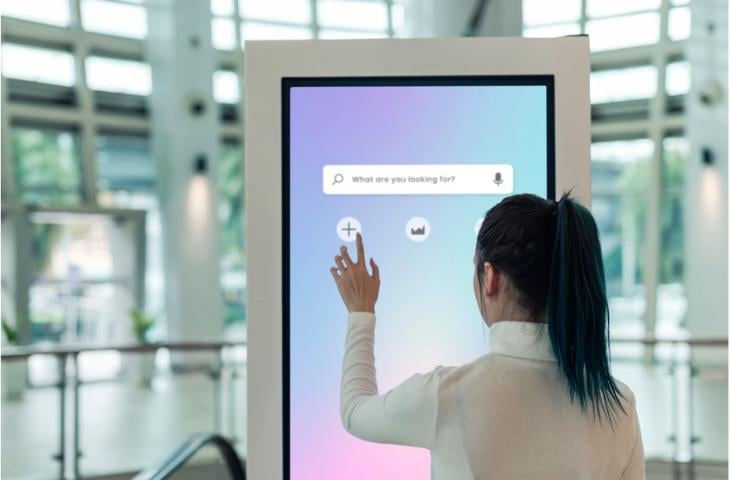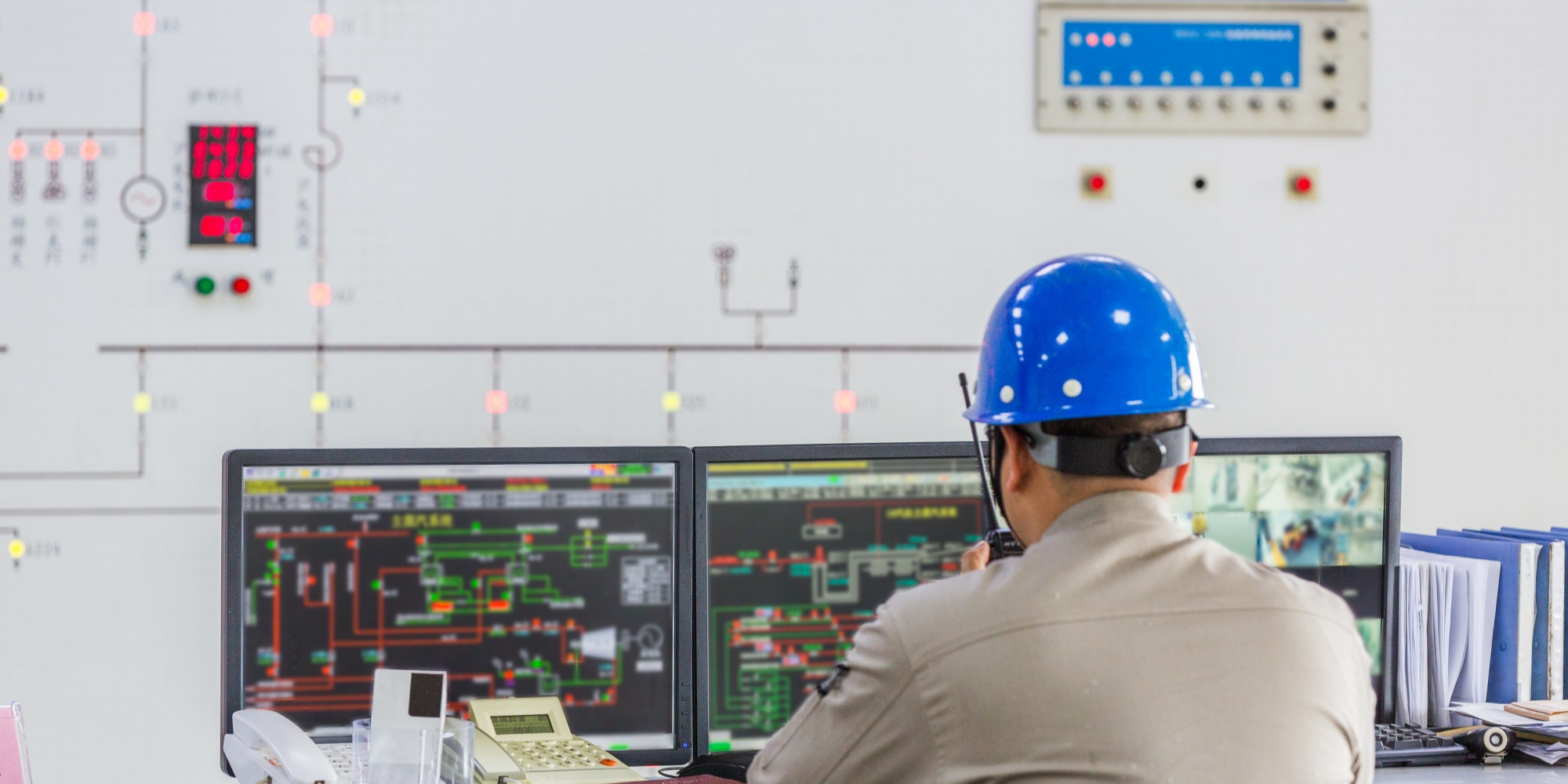
Government offices often struggle with long queues, inefficient communications, quick relaying of public information, and a lack of productivity. It’s understandable, of course, considering the influx of people who flock to government agencies and infrastructure every day and the huge load of tasks these officials have on their plate.
Recognizing the need to improve processes and find a more effective communications tool, governments have turned to digital signage.
While being adopted at a slower pace, we’re beginning to see strategically positioned, highly visible digital displays in government offices aimed at relaying information to staff and visitors quickly and streamlining processes and procedures.
How the Government Industry Uses Digital Signage
Digital signage solutions are highly versatile and useful for a range of government functions. Here are the common ways that they’re being utilized to improve productivity, communications, and efficiency in government offices.
Command Centers
Command centers need to be highly efficient and effective in order to manage critical operations successfully. Digital signage can be a valuable addition in these areas, giving military, police, or other public utility operators a full and direct view of their operations.
These displays can help operators get a full glimpse of critical information, whether about traffic conditions or surveillance footage, in order to ensure public safety and security.
Common Areas
 Common areas where most visitors spend their time are the perfect places to install digital signage screens. They can be valuable in relaying important information, such as policies, operating hours, wait times, or safety protocols, among others, keeping guests informed and updated.
Common areas where most visitors spend their time are the perfect places to install digital signage screens. They can be valuable in relaying important information, such as policies, operating hours, wait times, or safety protocols, among others, keeping guests informed and updated.
Content on these screens can also be changed in real-time, providing government offices with an easy way to communicate vital information to their visitors.
Aside from relaying information, digital signage in common areas can also be used to advertise the government office’s programs or events, or simply provide a source of entertainment for visitors to take their attention away from the wait.
Community Centers
Digital signage is also finding application in community centers, allowing staff to disseminate information about new events or community programs. With its dynamic displays that are hard to miss, digital signage is helping spread the word about these initiatives and generate more interest from the public.
Crowd Control
The influx of people visiting government offices on a daily basis requires efficient queue management or crowd control strategies. While most government agencies still use manual queuing and lines to manage the flow of traffic, others are taking advantage of digital signage.
For example, an interactive screen in a government office lobby can facilitate a client’s self-service, allowing them to check in or obtain queue numbers before they enter. This reduces the need for manual inputting from staff.
Digital displays can also be placed in waiting rooms to show the current queue or estimated waiting times, keeping clients updated on how much longer to wait for their turn.
Docket Updates
Courthouses are among the busiest government offices, handling hundreds of cases daily. As such, it can be difficult for staff to keep track of court dockets and trial schedules. Digital signage can help courts manage their dockets with digital signage.
Screens positioned in key areas of the courthouse can show details like case numbers and court appearance schedules, providing judicial staff with real-time information and helping them keep up with the fast and busy pace of their workplace.
Emergency Alerts
Because digital signage can be updated quickly, they are very helpful in case of emergency situations. They allow government offices to make rapid alerts in case of severe weather conditions or other threats to health and safety.
There are digital signage content management systems that allow the broadcasting of emergency alerts automatically and in real-time in order to quickly relay information and communicate instructions to visitors.
First Response
First responders, such as police, firefighters, or emergency medical services, need to act fast and get to the location where their expertise is needed. But in order for them to do that, they need to be able to access information quickly.
Digital signage is being used in first-response offices to relay information about missions in real time. Positioned in key areas of the facility and using media types that show a sense of urgency, these screens are facilitating the fast response of our first responders.
Language Translation
 Interactive digital signage placed in government offices can help agencies overcome language barriers. In case the visitor does not speak English or the local tongue, they can be directed to digital screens that can translate policies or information into their respective languages.
Interactive digital signage placed in government offices can help agencies overcome language barriers. In case the visitor does not speak English or the local tongue, they can be directed to digital screens that can translate policies or information into their respective languages.
The displays can be optimized to ask the user’s preferred language, for example, and allow them to navigate the display and find the information they need, taking the burden of translating off of office staff.
Public Transit
Public transit hubs see a lot of passengers day in and day out. To effectively manage the traffic and get travelers where they need to go, there needs to be a system in place to manage queues and relay information.
Digital signage is proving to be a valuable technology in transportation hubs. From interactive ticketing displays to screens communicating service delays or disruptions, digital signs are making public transportation systems more efficient and productive.
Staff Communication
Government staff are constantly under pressure to communicate quickly and effectively. But the usual communication tools employed in government offices, such as emails, messaging apps, or bulletin boards, are not cutting it.
Digital signage can help streamline staff communication, leading to 25% higher productivity among employees. Screens positioned in key areas of the facility can broadcast announcements, policy changes, priority tasks, etc. to employees, keeping them informed of what they need to know to carry out their duties effectively.
Wayfinding
Government offices are among the most difficult places to navigate. There are plenty of levels, offices, windows, and in large centers, buildings. Visitors who don’t frequent government offices will find it too easy to get lost and risk missing their appointments.
Wayfinding signage placed in lobbies, entrances, and key areas of the facility can be valuable in giving visitors directions and helping them get to where they need to be. It will also free up your staff’s time and energy they would otherwise spend answering queries and pointing visitors in the right direction.
More Productive and Efficient Government Offices with Digital Signage
Digital signage is solving most of the problems that plague government offices, from long queues and visitor traffic to inefficient communication and backlogs. By relaying crucial information quickly and in an eye-catching manner, digital screens are streamlining government processes and making the industry more productive and efficient.
Adopt digital signage solutions in your government office today. Start with a demo of Rise Vision’s digital signage software.





